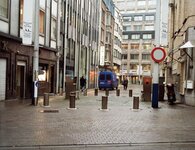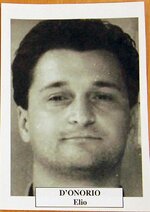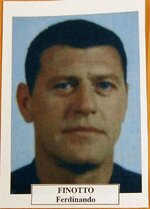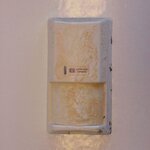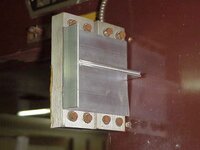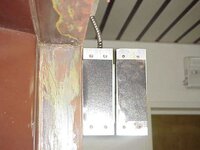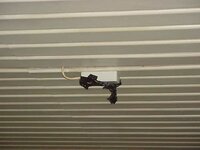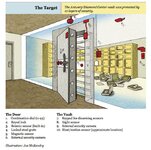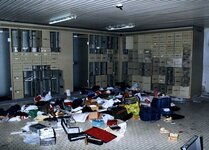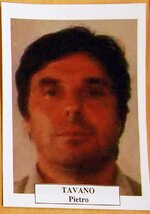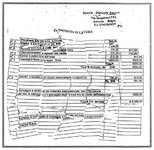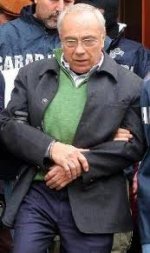Corporate Investigations
Sr. Member
- Aug 23, 2013
- 468
- 1,437
- Primary Interest:
- All Treasure Hunting
Treasure legends are not just of treasure stories that have happened in the distant past.
treasure legends can evolve from quite recent events even during our own life times. Such as economic crisis, War, rebellion, Disasters and the process of crime, can be driving factors of treasure being hidden and sometimes lost and recovered.
They say the most dangerous feline of all to man is us women is it not? And to catch the most dangerous feline of all on needs the right type of bait?
Diamonds my gents...
An Diamonds it is that has become one of most precious commodities of all..... Hard to think such small pieces of stones can garner so much influence in the world and yet it does.
Such is the power of it. Men will die for it, Men will kill for it and men will steal for it.
The Following story is a story greed, subterfuge and a stroke of pure genius to the point one could not help admire audacity of it all.
Grab yourselves a coffee as this girl has a yarn for ye.
Corp
treasure legends can evolve from quite recent events even during our own life times. Such as economic crisis, War, rebellion, Disasters and the process of crime, can be driving factors of treasure being hidden and sometimes lost and recovered.
They say the most dangerous feline of all to man is us women is it not? And to catch the most dangerous feline of all on needs the right type of bait?
Diamonds my gents...
An Diamonds it is that has become one of most precious commodities of all..... Hard to think such small pieces of stones can garner so much influence in the world and yet it does.
Such is the power of it. Men will die for it, Men will kill for it and men will steal for it.
The Following story is a story greed, subterfuge and a stroke of pure genius to the point one could not help admire audacity of it all.
Grab yourselves a coffee as this girl has a yarn for ye.
Corp




